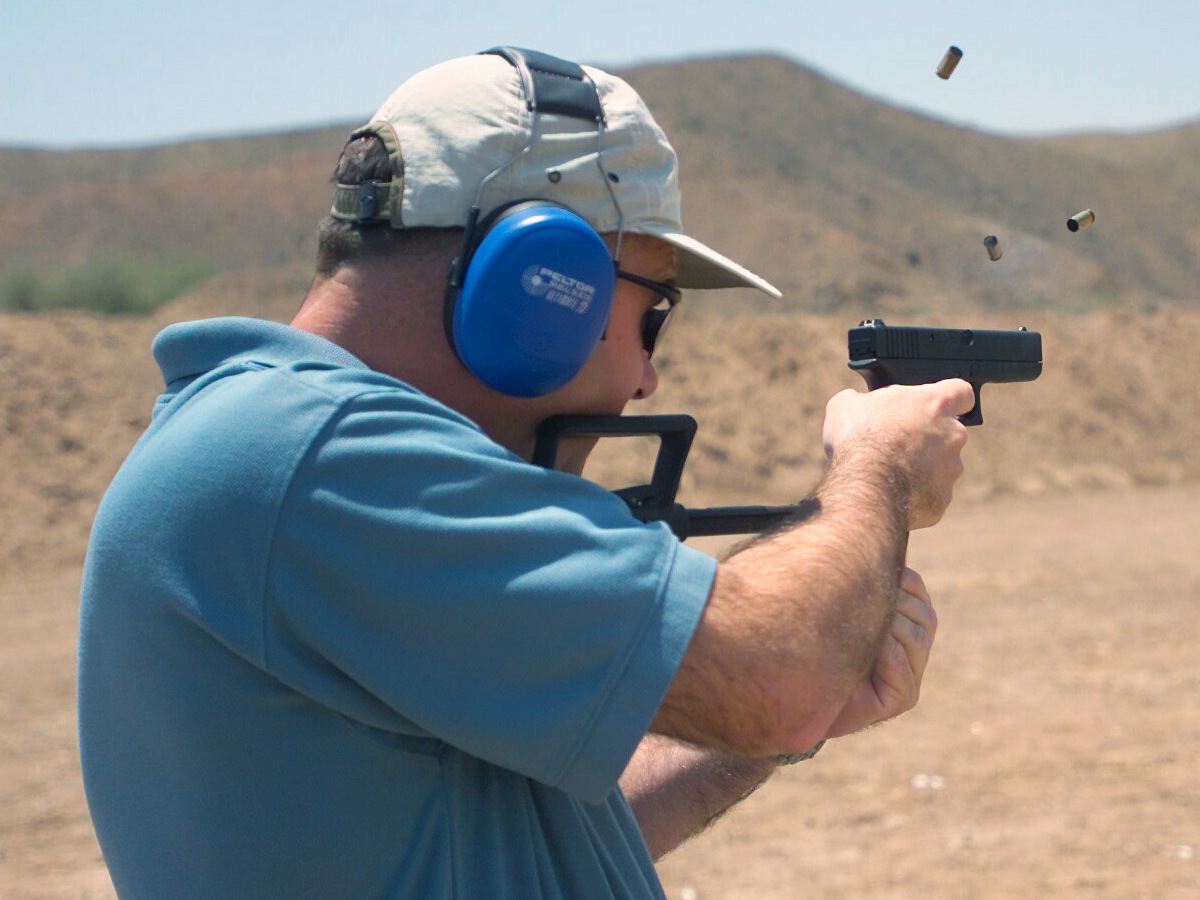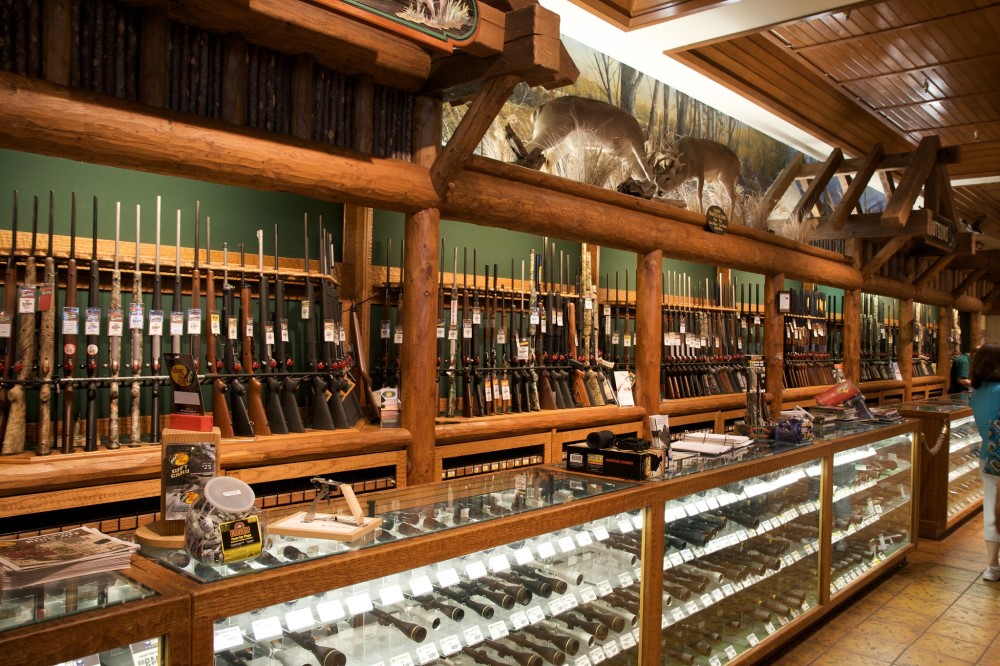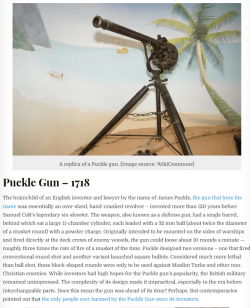Rigby5
Diamond Member
Of course today there are restrictions on the types of arms intended to be covered by the 2nd Amendment. Our founders likely had no intent to protect long range artillery pieces, fully automatic firearms, tanks, bazookas and such.NonsenseBearings arms is a right which is not to be infringed.
Ignoring the fact that the 2A actually refers to a militia...there are all sorts of "infringements" that have been ruled by courts to be legal.
These things were unknown to them. Even though these are denied to the average citizen today, licensed arms dealer can own anything they want. I personally know a dealer that owns a fully functional small tank.
The SCOTUS has ruled on several milestone cases involving gun rights for private citizens.
In McDonald v. Chicago, the Supreme Court struck down (in a 5-4 decision) a citywide handgun ban, ruling that the Second Amendment applies to the states as well as to the federal government.
In the majority ruling in that case, Justice Samuel Alito wrote: “Self-defense is a basic right, recognized by many legal systems from ancient times to the present day, and in Heller, we held that individual self-defense is ‘the central component’ of the Second Amendment right.”
In the Heller decision, the Court suggested a list of “presumptively lawful” regulations, including bans on possession of firearms by felons and the mentally ill; bans on carrying arms in schools and government buildings; restrictions on gun sales; bans on the concealed carrying of weapons; and generally bans on weapons “not typically possessed by law-abiding citizens for lawful purposes.”
“Self-defense is a basic right, recognized by many legal systems from ancient times to the present day, and in Heller, we held that individual self-defense is ‘the central component’ of the Second Amendment right.” --Justice Samuel Alito

The Second Amendment - Definition, Text & Rights
The Second Amendment, ratified in 1791, is one of 10 amendments that form the Bill of Rights. It establishes the right to bear arms and figures prominently in the long-running debate over gun control.www.history.com
Actually most of the artillery used by our side in the American Revolution were privately owned, and the second amendment was specifically intended to include the latest of all military equipment.
What the founders did not like or trust was a standing mercenary military.
They instead wanted volunteer citizens soldiers who already had their own weapons.







